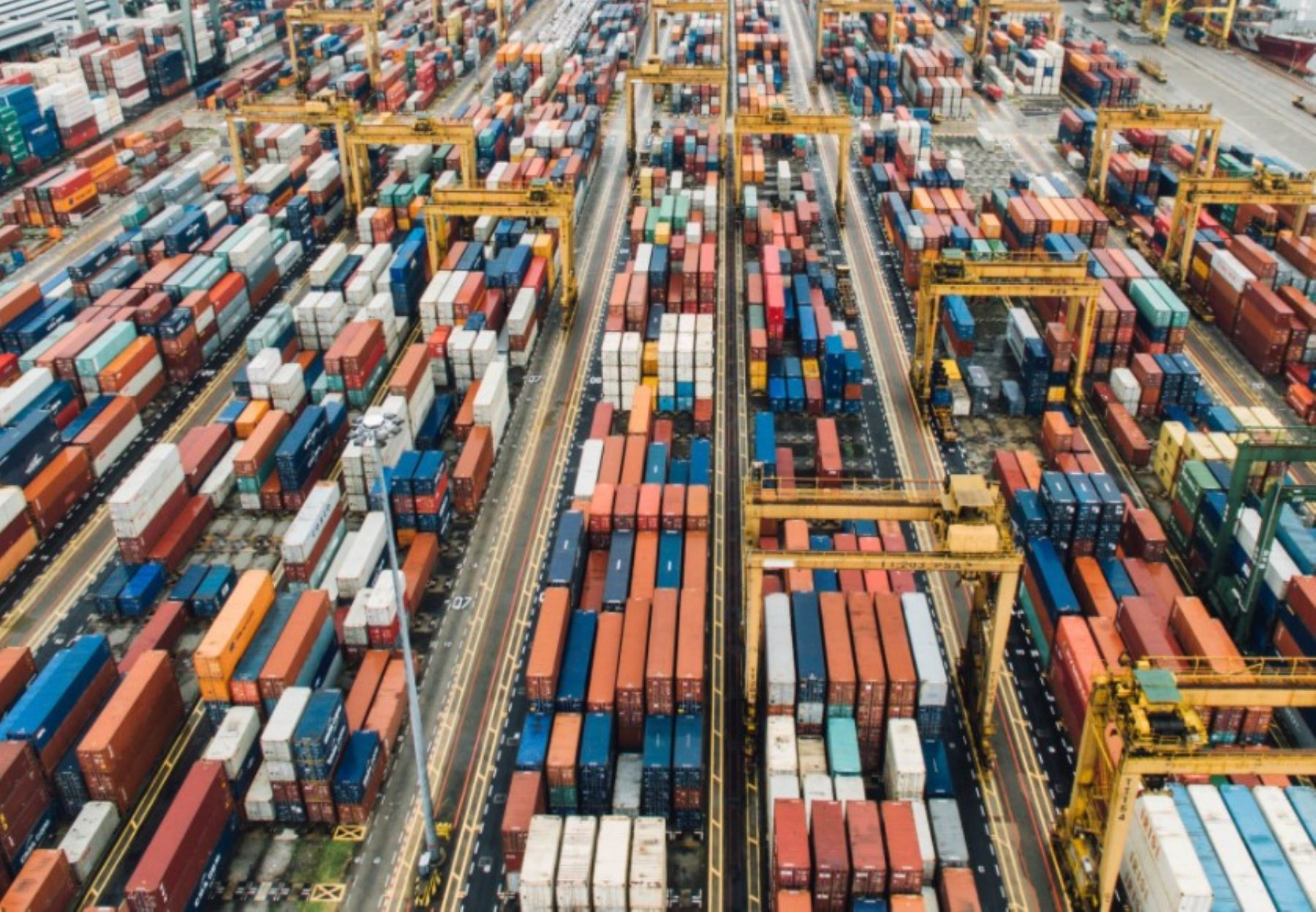
Peruvian imports between January and May 2024 totaled US$21.411 billion, reflecting a 2.6% year-on-year growth, according to the Global Economy and Business Research Center of the CIEN-ADEX Exporters Association. The main imported products were crude oils (US$1.730 billion 600 thousand) and cell phones (US$461 million); while the most dynamic were kraftliner (paper) with a 299.4% evolution and frozen horse mackerel with 243.7%.
In that sense, Raw materials and intermediate products led imports, representing 51.2% of the total.also reflecting a positive variation of 2.2%. Fuels, lubricants and related products stood out for their rise of 8.2%. Followed by capital goods and construction materials (US$6,014 million), accumulating 28.1% and experiencing a development of 7.2%.
Capital goods for industry, transport equipment and construction materials grew by 5.5%, 11.1% and 9.2%, respectively. In contrast, capital goods for agroindustry fell by -2.7%.
Consumer goods, with US$4.433 billion (-2.1%), accounted for 20.7%. Non-durable goods, i.e. food and pharmaceutical products, increased by 3.6%; in contrast, durable goods, such as vehicles, personal adornments, machines and household appliances, decreased by 10.3%.
Metalworking sector totaled more than US$6 billion in imports
With 32.3% participation, The metalworking sector stood out between January and May 2024, achieving a growth of 2.5% and totaling US$6.91 billion in imports. This was followed by chemicals, with US$4.002 billion (+5.2%); hydrocarbons, with US$3.745 billion (+9.1%); agriculture, with US$2.654 billion (+4.8%) and miscellaneous, with US$1.280 billion (-0.5%).
The iron and steel sector accounted for a total of US$1.219 billion in imports, textiles registered US$461 million; clothing, US$335 million; non-metallic mining, US$327 million; mining, US$183 million; wood, US$158 million; and fishing, US$136 million.
China and the United States as main suppliers
In the first five months of the year, China was the most prominent supplier, increasing its shipments to our country by 7.5% (US$5.496 billion). In second place was the United States with US$3.869 billion, reflecting a decrease of 8.6%. Likewise, the European Union with US$1.998 billion showed a growth of 5.7%.
Meanwhile, At the regional level, Argentina with US$1,269 million and Brazil with US$1,238 million led the list of suppliers.
Source: Larepublica
Alia is a professional author and journalist, working at 247 news agency. She writes on various topics from economy news to general interest pieces, providing readers with relevant and informative content. With years of experience, she brings a unique perspective and in-depth analysis to her work.











